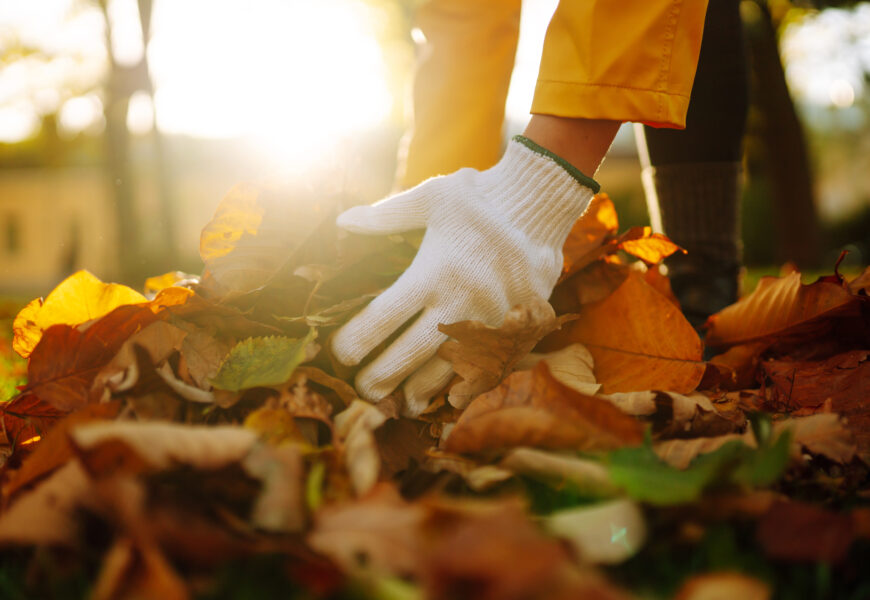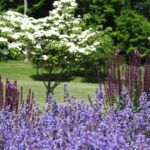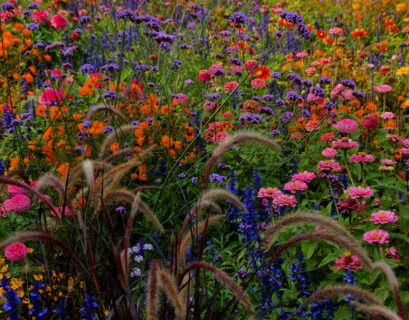Have you ever wondered why some gardens look amazing with little work, while others don’t do well? It might be because they know how to take care of perennials. These plants are the stars of the garden, lasting more than one season. But, do you know how to keep them looking great all year?
Perennials can live from three years to many decades, needing a long-term commitment. They love soil that drains well and has a pH between 6.0 and 7.0. But, taking care of them is more than just planting. You also need to think about watering, dividing, fertilizing, and staking them.
For experienced gardeners, using a monthly guide helps keep your garden perfect. This guide is made by experts to help you care for your plants at the right time.
Learn the seasons like perennials do, and your garden will be beautiful all year. Let’s explore how to keep your garden blooming forever.
Understanding Perennial Plant Basics and Their Life Cycle
Perennial plants come back every year, making them a key part of gardens. They keep coming back through different seasons. To take good care of them, it’s important to know how they live.
In the cold winter, the part of the plant we see dies back. But the roots and important parts stay underground. When spring comes, these roots help the plant grow back. This shows how perennials have a life cycle that’s important for their care.
Some perennials don’t last long, but others, like peonies, can live over a hundred years. This shows how different plants need different care. It’s key to know what each plant needs in your garden.
Knowing about the USDA’s hardiness zones is crucial for gardeners. These zones show how cold it gets in different places, like in Oklahoma where zones 6a to 8a exist. This helps pick the right plants for your area.
The American Horticultural Society’s heat zone map is also useful. It tells us how hot it gets and how it affects plants. This helps us choose plants that will do well in our climate.
Light is also important for plants. Some need a lot of sun, while others prefer shade. Knowing this helps us put plants in the right spot. This makes them healthier and more likely to bloom well.
Mastering the essentials of perennial plant life cycles is not just about maintaining plants but enhancing the entire ecosystem of your garden.
To learn more about gardening all year, check out a detailed guide on perennial plant.
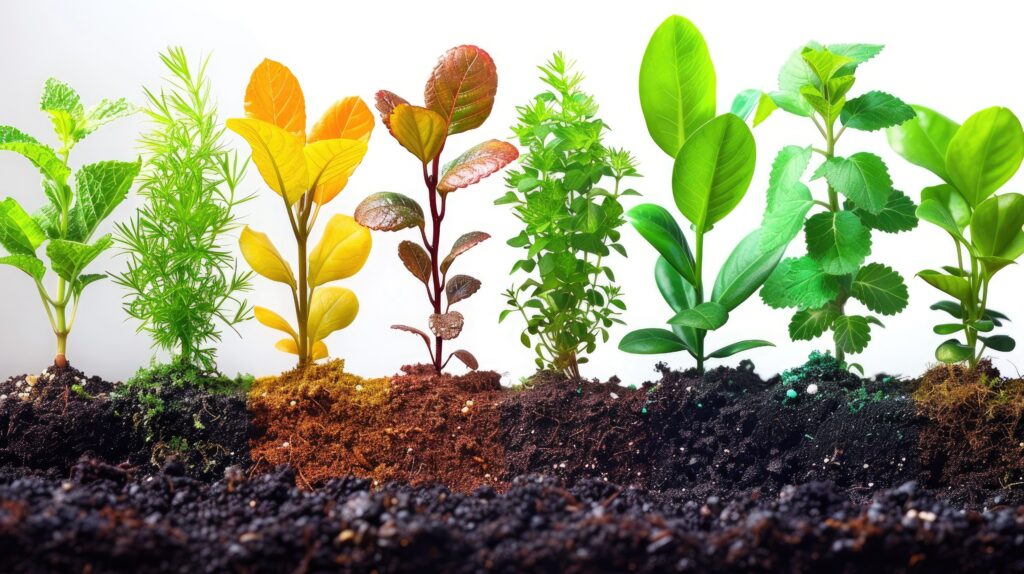
Optimizing Your Garden’s Site Conditions for Perennial Growth
To make your perennials thrive, planning the garden site is key. It’s important to know and fix any issues that could stop these plants from doing well. For example, how much sunlight a perennial needs can vary greatly, from full sun to full shade.
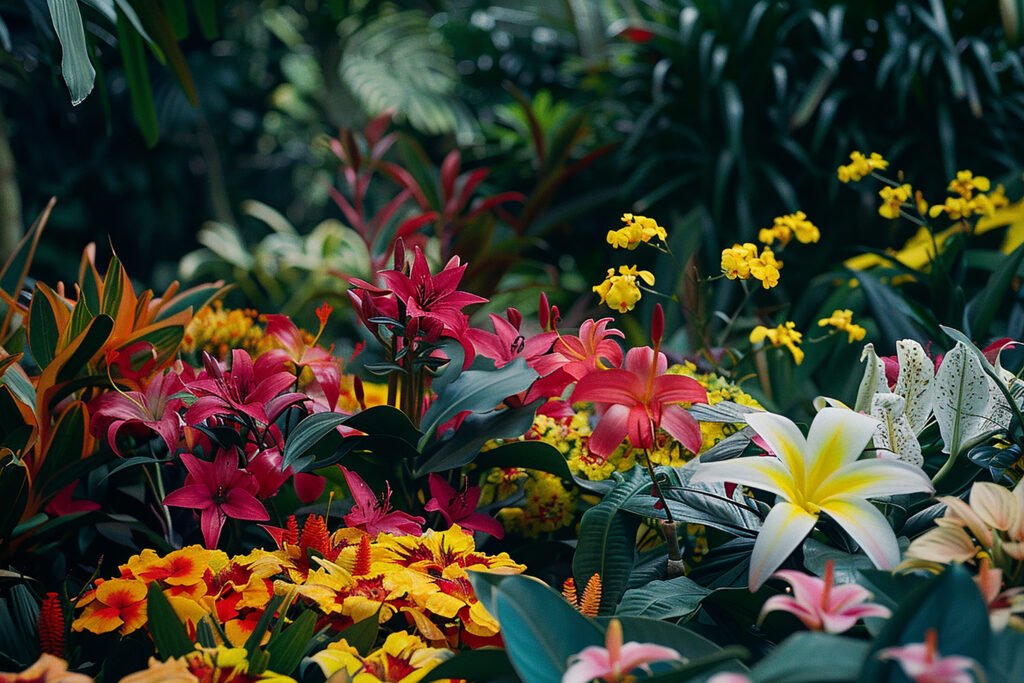
Improving soil quality is part of making a good garden site. This means not just adding nutrients but also watering plants right. Using systems like soaker hoses helps give perennials the right amount of water, about 1 to 1 1/2 inches per week. Managing soil well is key to a successful garden.
Mulching does more than just look good. Adding 2 to 3 inches of mulch keeps the soil moist and at the right temperature. This is vital for keeping perennials healthy all year. Make sure to mulch at the right time to avoid harming the roots in areas with freezing and thawing.
Improving your garden also means controlling weeds and using fertilizers wisely. Regular weeding and adding a bit of nitrogen can make perennials stronger. Also, good air flow and enough space between plants stops diseases and helps them grow well all year.
By tweaking these factors, gardeners can greatly improve their perennials’ health and beauty. This makes the garden lively and productive through every season.
The Role of Proper Soil and Mulching in Perennial Plant Care
In the world of perennial garden care, knowing how important soil quality and mulching are can really help your plants. The best soil for perennials is well-drained and rich, with a pH level that fits the plants you’re growing. Most plants do well in soil with a pH of 5.5 to 6.5. But, some plants like a slightly acidic soil.
Adding organic stuff to your garden’s soil is key. This makes the soil richer, better structured, and keeps moisture in. You can use things like composted leaves, manure, or fine bark for this. Good soil is essential for your perennials to grow and bloom well.
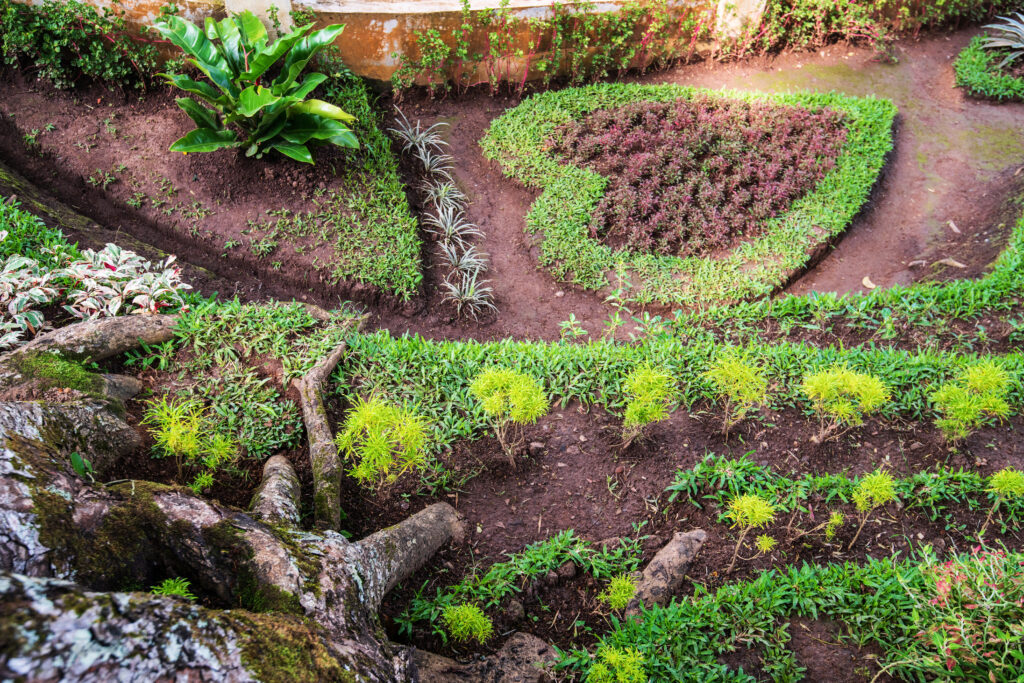
Mulching is also very important in perennial garden care. It keeps the soil cool, saves moisture, and stops weeds from growing. Organic mulches like straw or pine bark break down and make the soil better over time. You should put mulch down one to three inches thick, depending on the plant, and add more every year or two.
There are many mulching options, each with its own benefits. Black landscape fabric lasts a long time but needs careful setup. Straw and pine bark are easier to use and help the soil more as they break down.
By focusing on soil and mulching, gardeners can make a place where perennials do great. This leads to a garden that’s full of life and color. Taking good care of your plants’ soil and conditions really affects how well they do.
Essential Maintenance for Healthy Perennials
For garden lovers, knowing how to care for perennials is key. These plants last for many years and need special care to stay healthy.
Watering is a big part of caring for perennials. They do well with about an inch of water each week. This helps them grow strong roots that help them survive dry spells and hot weather. But, some plants like sedum or lavender can handle less water.
Feeding your perennials with a balanced fertilizer in spring helps them grow and bloom well. But, don’t overdo it, as too much fertilizer can make plants weak and prone to diseases. Also, dividing perennials every 3 to 6 years keeps them healthy and lets you add more plants without spending more money.
Staking some perennials early in the season protects them from wind and heavy rain. Tall, delicate plants like peonies or poppies need this. But, plants like false indigo and monkshood usually don’t need stakes.
Using sustainable garden practices is also important. Mulch keeps the soil moist, stops weeds, and adds nutrients as it breaks down. It also protects roots from extreme cold in winter.
With the right care, perennials can thrive, making your garden beautiful year after year. Whether you’re new to gardening or have been doing it for years, the benefits of caring for perennials are huge. A little effort makes a big difference in nature.
Seasonal Perennial Plant Care Guide
Year-round care for perennials is key to a healthy garden. It includes watering, fertilizing, and tasks specific to each season. These plants can live up to 100 years with the right care. Tasks like dividing Iris or deadheading yarrow help them thrive and look great all year.
In spring, watch out for aphids and weeds. Use water or hand-weeding to control them. Cutting dead stems and removing old leaves keeps plants healthy and looking good. Pinching back some plants helps them grow and bloom more.
Summer means more watering, using deep methods to help roots grow strong. This is vital for the plants’ health. The second season brings lots of flowers and growth, making your garden look inviting. Getting the soil ready early and adding compost helps perennials grow well.
Autumn is for preparing and protecting your plants. Mulching with pine straw helps with weeds and keeps soil moist. Organic fertilizers like Yum Yum Mix are good for fall, preparing plants for winter.
Choosing disease-resistant plants and controlling weeds and stakes during the growing season helps prevent problems. Some plants, like bergenia or mondo grass, stay green in winter. This means different care needs based on where you live. Perennial gardening is about enjoying the changing garden all year.

